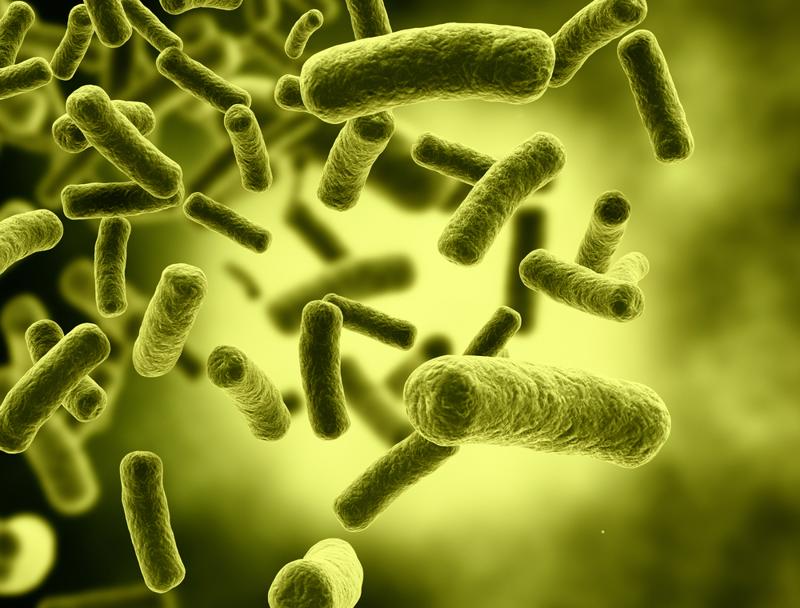Over the last several years, much of the Southeast has endured periods of unusually low rainfall. In 2010 and 2011, Central and South Florida experienced the driest October to February since district recordkeeping began 80 years ago. Just a few years earlier, the Georgia Environmental Protection Division was forced to enact its Drought Response program to conserve water during a dry spell in the northern part of the state. In light of the dry conditions, businesses have been hard-pressed to reduce their water usage from tightening state regulations.
While regulatory agencies recognize the burden on power generating utilities to keep up with consumer energy demand, they rarely make exceptions for other companies, holding them responsible for making significant cuts in consumption. To shrink their overall water footprint, businesses have employed a number of methods to both reduce their initial demand for water and increase the volume they have been able to reclaim.
Conservation strategies
“A single small leak wastes up to 10 gallons of water every year.”
One of the most commonly cited water-related problems in processing plants also has one of the most basic solutions: leaks. According to the Sustainable Manufacturing Network, even a single small leak of one drop per minute wastes up to 10 gallons of water every year. While this may not seem very impactful on its own, when all the leaks at a given plant are considered the total can be significant.
Businesses have also been able to reduce their water consumption by replacing traditional washdown systems with clean-in-place (CIP) technology. This method conserves water by using specially designed spray nozzles through multiple washdown steps, rather than relying on wasteful filling and draining.
Recycling methods
Beyond reducing their demand for new water, businesses have also been able to meet stricter regulations by augmenting their remediation efforts. For example, chemical giant BASF, which has two facilities in Alabama, uses its proprietary separation technology to remove impurities from water. In addition to cleaning the water, the flocculant turns the removed contaminants into a dry solid, which is easier to turn into fertilizer or fuel pellets, and costs less to dispose of.
BASF also leverages its technology to perform ultrafiltration, passing wastewater through a membrane that can filter out bacteria and viruses. The company can then reuse the water in cooling towers and boilers.
Other facilities perform biological treatment, a process that uses natural bacteria to filter out organic impurities. After they have broken the contaminants into simpler compounds, bacteria are kept from entering the clean water source using granular media, such as sand or polymeric membranes. This method provides a rather coarse level of filtration, so companies looking for an higher level purity may opt to de-ionize their water before recycling it.
 In biological treatment methods, natural bacteria breaks down organic impurities in water.
In biological treatment methods, natural bacteria breaks down organic impurities in water.Sometimes referred to as salt or ash removal, deionization removes all ions (as the name suggests) from wastewater, typically through either ion exchange or reverse osmosis. These technologies can remove cations and anions down to levels measured in parts per billion, or even trillion, making them some of the most purifying processes available.
Depending on the processes for which businesses intend to use recycled water, the levels of purity they require may vary. Working with environmental consultants like PPM can help companies select the best water remediation technology and maximize their conservation efforts, helping them not only save money, but also achieve compliance with state regulations in light of the region’s increasingly dry conditions.

